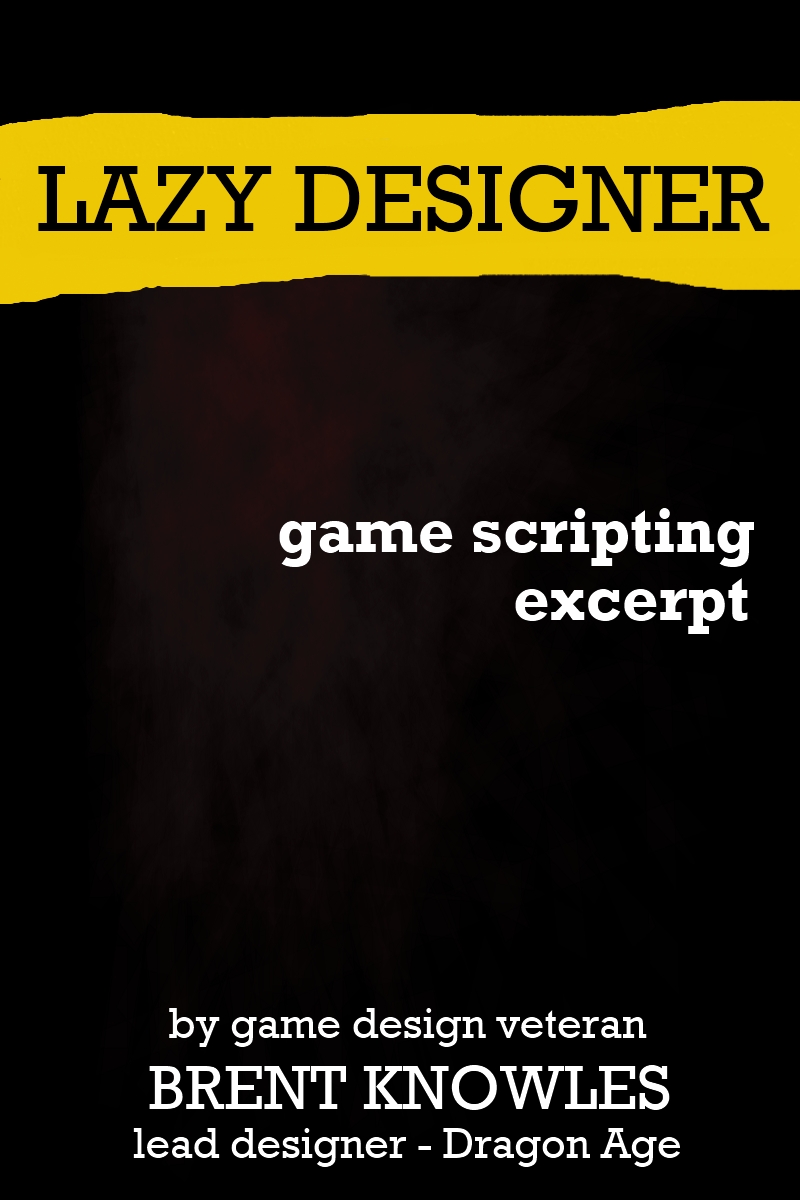Harnessing Change
Overview
As a design manager it is important to be aware of where the gaming industry is heading. It is also vital to understand where related media are trending — movies, television, and now, social networks.
This section is not so much a ‘whats-in-store-for-us’ as I don’t consider myself that accurate of a futurist. It is a bit of a advice on how to be engaged. The next section, to be posted later today, has a cautionary tale and some links to explore.
Where Things Are Heading
Sharing responsibility for multi-million dollar projects means that the design manager needs to be capable of analyzing and assessing the changes occurring daily — what are the games made by this other developer doing really well, what new technologies are emerging that might allow us to generate content quicker and cheaper, how can we harness social networks to engage players. The manager needs to be able to evaluate which topics deserve time for further research. Even if they don’t understand exactly where things are headed, they need to understand where things are not trending.
And the only way to really do this is to be engaged.
I avoided social networks (Facebook, Twitter and so on) while working at BioWare because I was too damn busy — plus I’ve always disliked multiplayer games or at least the current crop of them and this prejudiced my appreciate of social networking.
But that avoidance was a mistake. Social networks are valuable — both for their relationships and for the research they allow.
Now I’m engaged in many networks and while not a prolific poster of content, I value the connections I am making. Some of these will be profitable connections, I think, in the future and others are simply enjoyable — most are both!
What have I learned?
Allowing even single player experiences to be shared, in gaming, I think is valuable. And this shouldn’t be that surprising — this is why user scores/achievements/medals/badges have always been effective prods to encourage competitive gameplay. Social networks allow this bragging to go global, but also allow it be flavored with more personality — not just stark statistics on a leaderboard — just as I used to compete with my grade school friends for high scores in the arcade, usually flavored with a lot of jesting.
What else should an informed manager be doing?
A designer also has to be playing games — competitors games, indie games, bizarre games. They should regularly meet with the people they work with — the ones they manage, the ones they don’t and just talk, get a feel for what other people are thinking in a non-formal environment (i.e., lunch).
They should be subscribing to blogs, not just about gaming news but about technology in general (the next section ends with a handful of links to sites I find interesting). Forums, their company’s and others, are valuable tools and while simply reading the posts is useful, consider posting advice and opinion. Players appreciate this and are quick to become evangelists of a company or product where they feel the creators of such are conversing with them.
People like that, the conversing. Talk at them and they’ll be annoyed. But talk with them and they’ll be engaged.
Be engaged.
(The next section — the cautionary tale — is now up).


One Comment
Pingback: